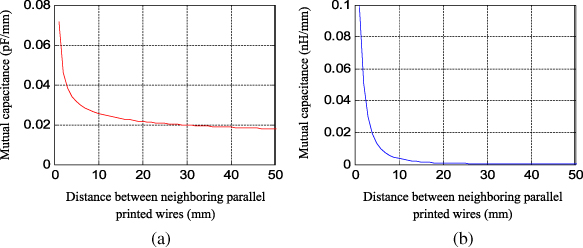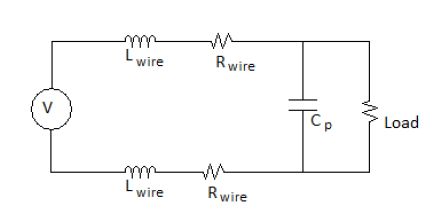Two wires do make a capacitor. Just a very small one. For parallel plates, capacitance can be calculated as:
$$ C = \frac{\varepsilon A}{d} $$
Where:
- \$\varepsilon\$ is the permittivity of the dielectric, which is mostly air for some wires, with \$\varepsilon \approx 8.85 \cdot 10^{-12} \mathrm F/\mathrm m\$.
- \$A\$ is the area of the plates
- \$d\$ is the distance between the plates
For two ordinary wires in a circuit, \$A\$ is very small, and \$d\$ is very large, compared to the distances in your typical capacitor. Thus, the capacitance is really, really small, and we can neglect it in most cases.
As for your second question, you have to be careful about the words you use. Does charge mean electric charge or how much energy you've stored in the capacitor? I'm not the only person frustrated by the contradictory vocabulary around capacitors. I'll do my best to be clear.
The charge imbalance does spread out along the wire, in one sense. Between the battery terminals, or between any two points along the wire, or between the plates of the capacitor, you will measure the same potential difference with your voltmeter. The electric field exists not only between the plates of the capacitor, but between the two entire halves of the circuit.
Inside the capacitor, the electric field must change from the potential of one half to the potential of the other half within a very tiny distance, just the separation of the plates (\$d\$ from above: it's tiny to make a high capacitance). Thus, the field strength, measured in volts per meter, is highest inside the capacitor.
As far as where the electric charge goes, think of it this way: half of the circuit has too many electrons, and the other half of the circuit has not enough. When there are too many electrons, they want to move to someplace where there are less, because like charges repel. So for the half with too many electrons, the closest they can get to a place where there are less electrons is inside the capacitor, because it's closest to the other half of the circuit.
Not all the electrons pile up in the capacitor, mind you, because that would leave the wire with a positive charge. Rather, the electrons redistribute themselves so that the potential difference (voltage) is the same everywhere in that half of the circuit. Most of the excess electrons end up in the capacitor, precisely because this is where the electric field is strongest.
You can also think about this for the opposite half by considering the absence of an electron to be a "hole", a sort of positive charge carrier.
You can also think about how the electric charges distribute themselves this way: we already established that the wires have a very low, but non-zero capacitance. Capacitance \$C\$ is just another way of saying how much charge \$Q\$ it takes to make a voltage \$V\$ in a thing:
$$ C = \frac{Q}{V} $$
The wires, having a low capacitance, don't take much electric charge imbalance (extra or missing electrons) to make a big change in voltage. The capacitor, having a large capacitance, takes much more charge imbalance to change the voltage. Thus, to make the voltages equal across each half of the circuit, most of the imbalanced charge must end up in the capacitor, not the wires.







